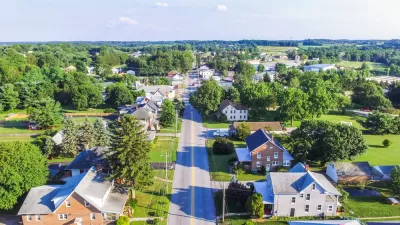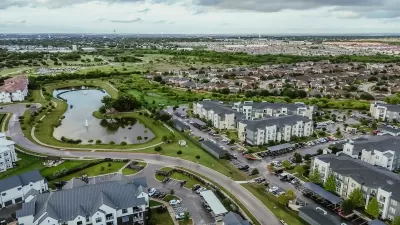Rising costs and an aging housing stock are squeezing rural households, with the impacts felt unevenly across ages and ethnicities.

A report from the Housing Assistance Council (HAC) outlines the housing issues faced by rural Americans, who are experiencing sharp increases in housing costs and other factors that make housing affordability a more pressing issue than in past decades. Lia Kvatum describes the report in The Daily Yonder, noting that “Housing costs have increased dramatically over the last few decades, and the Covid-19 pandemic only exacerbated the problem.”
While the homeownership rate in rural areas is higher than the national average, this doesn’t hold across all demographics. Meanwhile, “One quarter of all rural households spend more than 30% of their monthly income on housing. More than 40% of those are renters.” And “While rents in rural areas are typically lower than in urban and suburban areas, more than half of rural renters live below the poverty line, making market rate rents—even in rural areas—beyond their reach.” Rural housing stock is also often older, requiring expensive energy efficiency and safety retrofits.
FULL STORY: A Half-Century of Rural Housing: Report Looks at Central Role of Housing in Community Resiliency

Alabama: Trump Terminates Settlements for Black Communities Harmed By Raw Sewage
Trump deemed the landmark civil rights agreement “illegal DEI and environmental justice policy.”

Planetizen Federal Action Tracker
A weekly monitor of how Trump’s orders and actions are impacting planners and planning in America.

The 120 Year Old Tiny Home Villages That Sheltered San Francisco’s Earthquake Refugees
More than a century ago, San Francisco mobilized to house thousands of residents displaced by the 1906 earthquake. Could their strategy offer a model for the present?

LA’s Tree Emergency Goes Beyond Vandalism
After a vandal destroyed dozens of downtown LA trees, Mayor Karen Bass vowed to replace them. Days later, she slashed the city’s tree budget.

Sacramento Leads Nation With Bus-Mounted Bike Lane Enforcement Cameras
The city is the first to use its bus-mounted traffic enforcement system to cite drivers who park or drive in bike lanes.

Seattle Voters Approve Social Housing Referendum
Voters approved a corporate tax to fund the city’s housing authority despite an opposition campaign funded by Amazon and Microsoft.
Urban Design for Planners 1: Software Tools
This six-course series explores essential urban design concepts using open source software and equips planners with the tools they need to participate fully in the urban design process.
Planning for Universal Design
Learn the tools for implementing Universal Design in planning regulations.
Ada County Highway District
Clanton & Associates, Inc.
Jessamine County Fiscal Court
Institute for Housing and Urban Development Studies (IHS)
City of Grandview
Harvard GSD Executive Education
Toledo-Lucas County Plan Commissions
Salt Lake City
NYU Wagner Graduate School of Public Service





























